As we age, our skin undergoes various changes that make it more vulnerable to damage and certain conditions, including an increased risk of skin cancer. Proper skin care and preventive strategies are crucial for maintaining healthy skin and reducing the risk of skin cancer. In this article, we’ll explore common skin changes in seniors and provide dermatologist-recommended tips for skin care and cancer prevention.
Common Skin Changes in Seniors
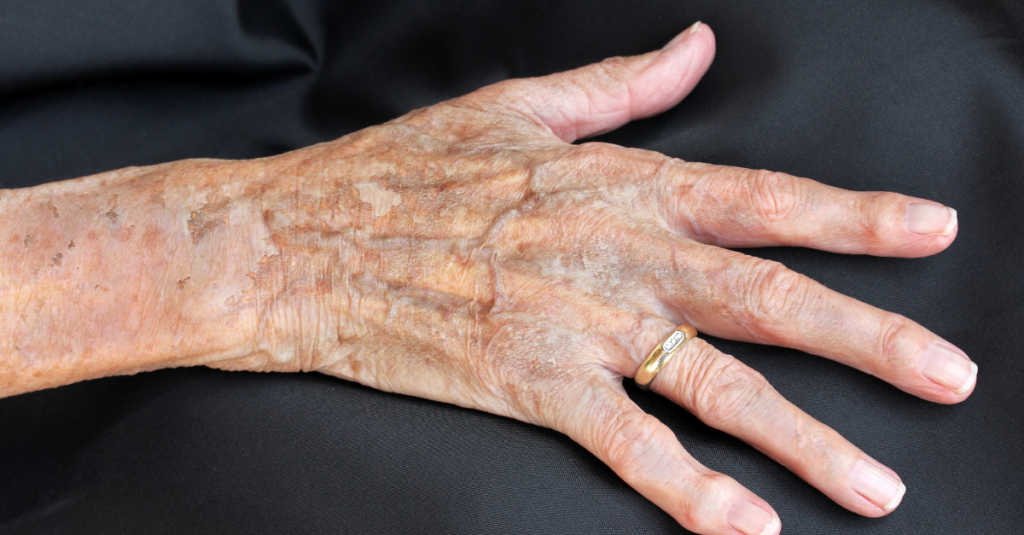
1. Thinning Skin
Our skin naturally loses collagen and elasticity as we age, causing it to thin and become more fragile. This thinning makes the skin more prone to bruising and slower to heal from cuts or abrasions.
- Impact: Thinner skin can lead to more frequent bruising, tearing, and increased vulnerability to infections, especially when wounds are slow to heal.
2. Dryness and Itchiness
Many older adults experience dry skin due to decreased oil production, weather changes, and medications. This can result in itchy, flaky, or irritated skin.
- Impact: Dry skin can cause discomfort and lead to scratching, which may result in skin damage or infections.
3. Age Spots and Hyperpigmentation
Years of sun exposure can lead to age spots—darkened areas of the skin caused by the accumulation of pigment. These are most common in sun-exposed areas like the face, hands, and shoulders.
- Impact: While age spots are generally harmless, they can be a cosmetic concern for some individuals and may signal cumulative sun damage.
4. Wrinkles and Sagging
The skin produces less collagen and moisture with age, leading to fine lines, wrinkles, and sagging. Sun exposure and lifestyle factors can accelerate these changes.
- Impact: Wrinkles and sagging are natural parts of aging, but proper skin care can help minimize their appearance.
Essential Skin Care Tips for Aging Skin
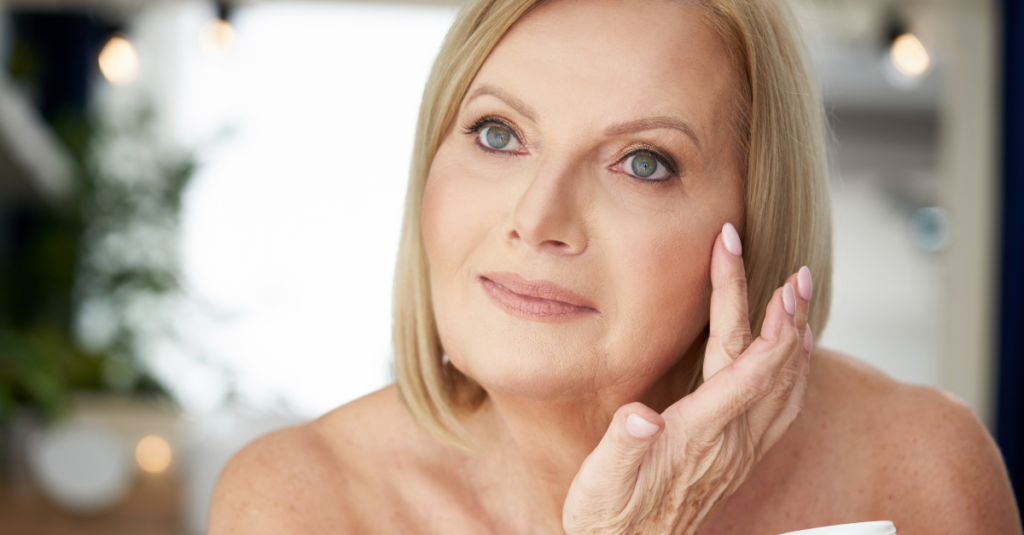
1. Moisturizing Regularly
Keeping aging skin hydrated is essential to prevent dryness and irritation.
- Tip: Use moisturizers containing hydrating ingredients like hyaluronic acid, glycerin, and ceramides, which help lock in moisture and repair the skin barrier.
2. Gentle Cleansing
Harsh soaps can strip away the skin’s natural oils, exacerbating dryness and irritation.
- Tip: Opt for gentle, fragrance-free cleansers and wash with lukewarm water instead of hot water, which can further dry out the skin.
3. Protecting the Skin Barrier
Fragile areas like the elbows and knees may require extra protection.
- Tip: Apply barrier creams or ointments to these areas to prevent cracking, dryness, and potential infections.
4. Managing Itchiness and Sensitivity
Itchy skin is common among seniors, but constant scratching can cause damage.
- Tip: Use anti-itch creams containing colloidal oatmeal or hydrocortisone to soothe irritation. Avoid skin care products with harsh chemicals or fragrances that can aggravate sensitive skin.
Sun Protection and Skin Cancer Prevention
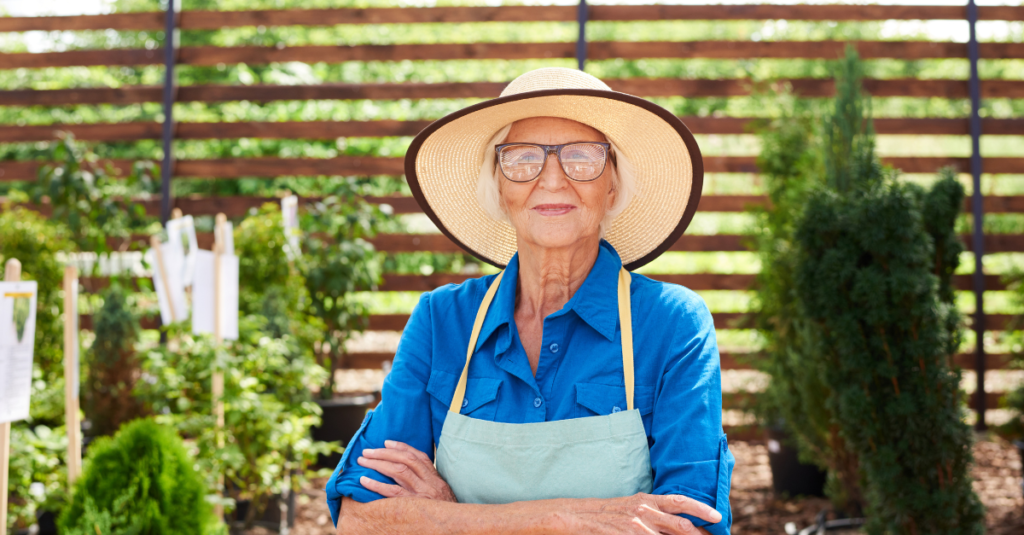
1. The Importance of Sunscreen
Seniors are more prone to skin damage and skin cancer due to cumulative sun exposure over the years.
- Tip: Apply a broad-spectrum sunscreen with SPF 30 or higher daily, even on cloudy days. Regular sunscreen use can significantly reduce the risk of skin cancer.
2. Proper Application of Sunscreen
It’s not just about wearing sunscreen—it’s about applying it correctly.
- Tip: Apply sunscreen generously to all exposed areas, including the face, neck, ears, hands, and arms. Reapply every two hours if you’re outdoors and immediately after swimming or sweating.
3. Protective Clothing and Hats
In addition to sunscreen, wearing protective clothing can help shield your skin from harmful UV rays.
- Tip: Wear UV-protective clothing, wide-brimmed hats, sunglasses when outside, and seek shade during peak sun hours (10 a.m. to 4 p.m.).
4. Regular Skin Checks
Skin cancer is most treatable when caught early, so regular skin checks are essential.
- Tip: Perform monthly self-exams to look for new or changing moles, spots, or growths. Use the ABCDE method to check for signs of skin cancer: Asymmetry, Border irregularity, Color changes, Diameter larger than 6mm, and Evolving shape or color.
5. Dermatologist Visits
Annual skin exams by a dermatologist are crucial, especially for seniors with a history of sunburns or skin cancer.
- Tip: Visit a dermatologist at least once a year and report any new or suspicious changes in your skin immediately.
Understanding Skin Cancer Risks in Seniors
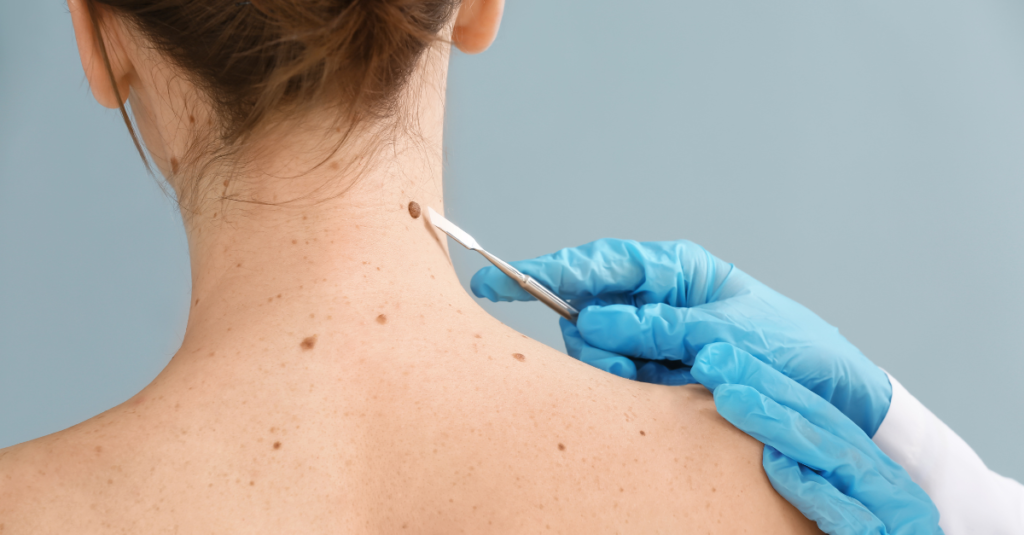
1. Basal Cell and Squamous Cell Carcinoma
These are the most common forms of skin cancer in seniors. Basal cell carcinoma (BCC) usually appears as a persistent sore or growth, while squamous cell carcinoma (SCC) can manifest as scaly patches or lumps.
- Tip: Look out for non-healing sores, scaly patches, or growths that bleed or ooze, and report them to a dermatologist.
2. Melanoma
Melanoma is the most dangerous type of skin cancer and can spread to other parts of the body.
- Tip: Watch for changes in moles or new dark spots on the skin. Melanomas often appear as irregularly shaped, multi-colored moles and should be checked by a dermatologist immediately.
3. Cumulative Sun Exposure
Lifelong sun exposure is the leading cause of skin cancer, even in later years.
- Tip: It’s never too late to start protecting your skin from the sun. Using sunscreen and practicing sun safety can reduce further damage and lower your risk of skin cancer.
Special Considerations for Seniors with Skin Conditions
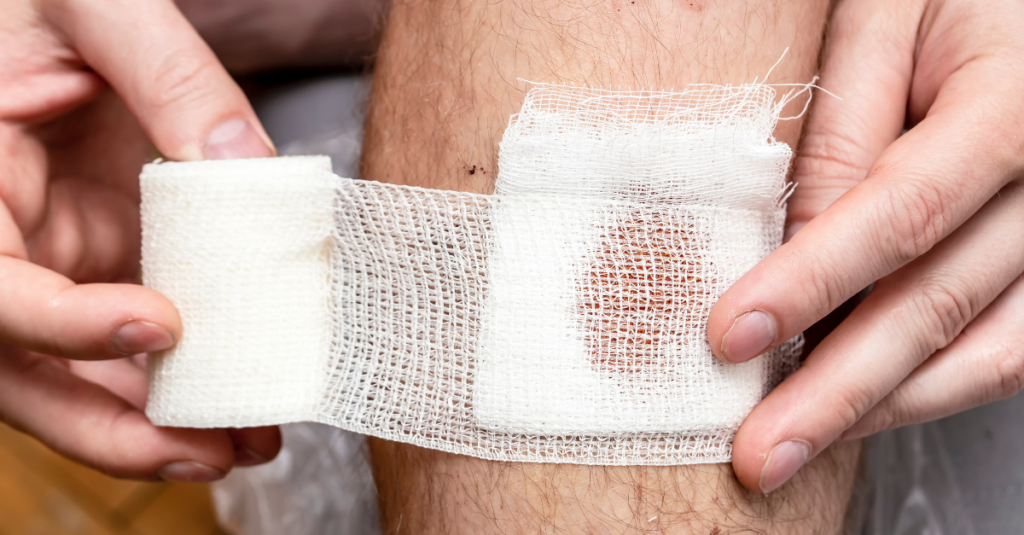
1. Managing Eczema and Psoriasis
Chronic skin conditions like eczema and psoriasis can become more challenging to manage with age.
- Tip: Use gentle skincare products and moisturizers specifically designed for sensitive skin. Avoid triggers like harsh soaps, fragrances, and environmental irritants to reduce flare-ups.
2. Treating Wounds and Bruises
Aging skin bruises easily and heals more slowly, making wound care especially important.
- Tip: Use gentle bandages and antibiotic ointments on cuts or bruises, and avoid adhesives that may irritate the skin. Keep an eye on wounds to ensure they’re healing properly.
3. Dealing with Pre-Cancerous Lesions
Actinic keratosis (AK) is a pre-cancerous condition that often appears as rough, scaly patches on sun-exposed areas of the skin.
- Tip: Early treatment with cryotherapy or topical medications can prevent these lesions from developing into skin cancer. Regular check-ups are essential for detecting and managing AK.
As we age, our skin requires extra care and attention to stay healthy and protected from the risk of skin cancer. By adopting proper skin care habits—like moisturizing, using sunscreen, and performing regular skin checks—seniors can maintain the health and appearance of their skin while reducing the risk of skin cancer. Regular visits to a dermatologist are also crucial for early detection and treatment of skin issues. Prioritizing skin care as part of overall health will help seniors enjoy healthier, more radiant skin well into their later years.

